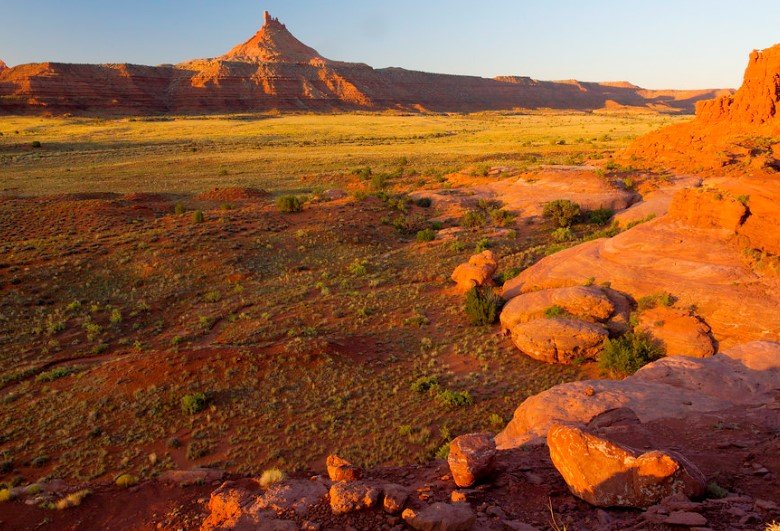The Bears Ears National Monument has become a battleground in the culture wars gripping the rural West. This article delves into the monument’s contentious history and the ongoing political struggle over its future.
The Monument’s Establishment and Reduction
Bears Ears National Monument, established in 2016 by President Barack Obama, was drastically reduced in size by President Donald Trump the following year, a move that devastated its supporters. The monument’s boundaries were later restored and expanded by President Joe Biden in 2021. This series of events highlights the deep divisions between Republican officials who oppose the monument and the Indigenous tribes and conservationists who cherish it.

The monument’s 1.36 million acres in southeast Utah are a testament to the region’s complex history and cultural significance. The land, which is predominantly federal and managed by the Departments of Agriculture and Interior, has been home to Indigenous peoples for millennia and is valued for its stunning landscapes and archaeological treasures.
Political Power and Native Influence
The political dynamics in San Juan County, where Bears Ears is located, have shifted dramatically in recent years. After a history of suppressing Native American voting rights, legal actions have led to increased Native representation, including a majority Navajo county commission from 2018 to 2022. The Bears Ears Inter-Tribal Coalition, comprising five tribes, has been instrumental in envisioning and co-stewarding the monument, advocating for its protection and management.
The Land Exchange Controversy
A proposed land exchange between state trust lands and Bureau of Land Management lands, which would have benefited the state, was abruptly withdrawn by Utah Governor Spencer Cox in February 2024. This decision, influenced by the current political climate marked by distrust and disinformation, has added another layer of complexity to the monument’s already tumultuous narrative.
The Bears Ears saga is emblematic of the broader cultural and political conflicts in the rural West. It reflects the struggle over land use, conservation, and Indigenous rights that continues to shape the American landscape.

Comments